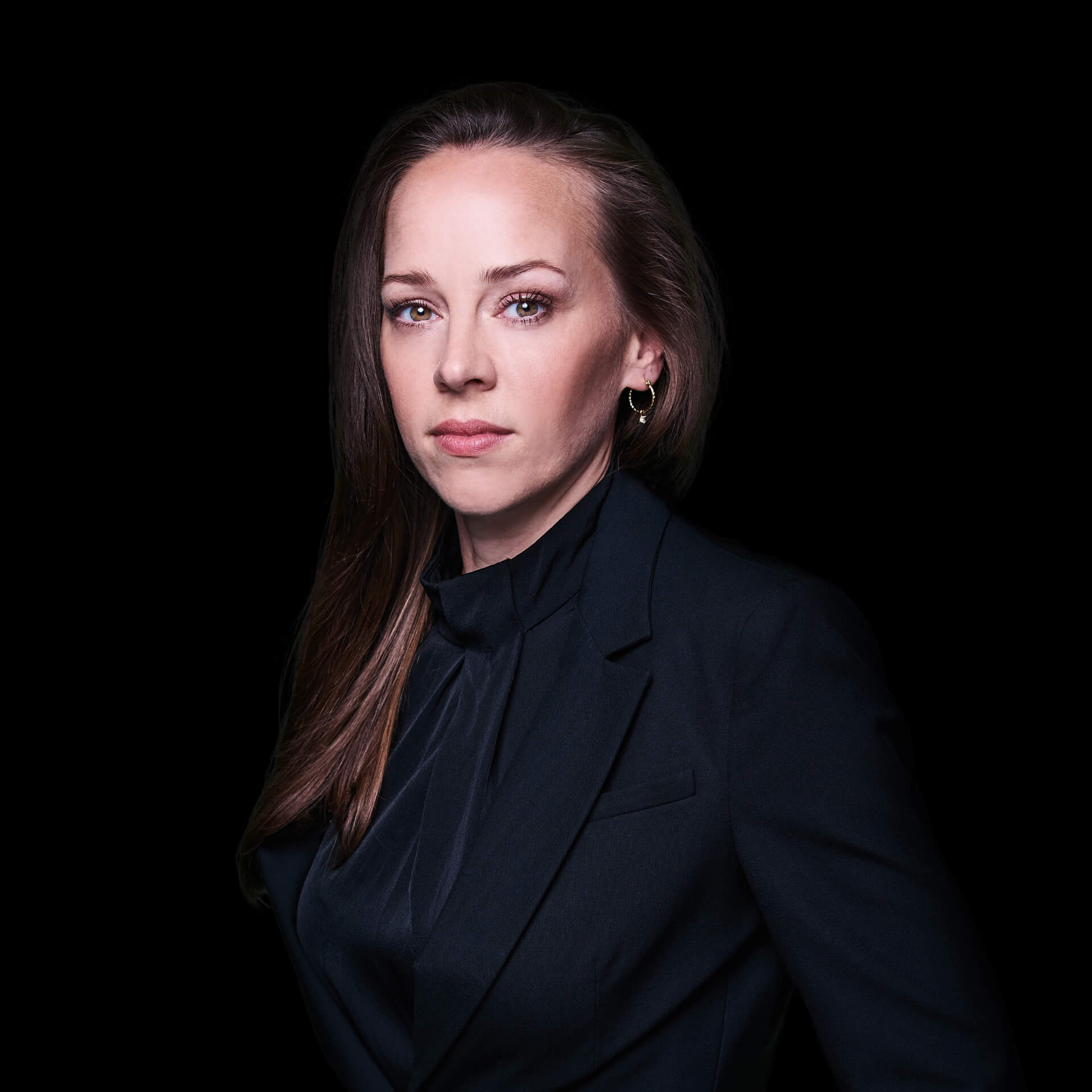AI and Brand Management: Revolution or Risk?
Reading time: 5 min
Why leaders must act now
The integration of AI into businesses is fundamentally changing the way brands are managed and communicated. Those who fail to act now risk losing ground and giving away competitive advantages. This presents new strategic challenges for leaders. They must ask themselves where processes can be optimized using AI tools, where efforts can be saved, potential unlocked, or unprecedented added value generated. But how are they supposed to answer these questions for a technology that is also new to them? The range of optimization possibilities for brand management is enormous and can therefore be equally overwhelming. To assess this flood of possibilities, it is essential for leaders to continuously inform themselves about the latest AI technologies and their application in the company, so they can make informed, sustainable strategic decisions.
Factors in decision making – knowledge is king
Decisions are based on a variety of factors, including market analyses, corporate goals, and technological possibilities. However, leaders should not be confused by this, but should focus on what truly helps them and their brand move forward. Consequently, they should take an active role in the selection and integration of AI technologies. Ideally, they work with their teams to determine which AI tools are best suited to make processes and operations more efficient. After all, they are the ones who ultimately have to work with them. Even though the final decision on which technologies are implemented is ultimately made by the leader – as it must also align with the overall strategy of the company.
Furthermore, leaders also define the guidelines for the use of AI within the company. What are the do’s and don’ts within the framework of corporate behavior?
AI in brand management – a boost for the operational level
For the operational level, AI is ultimately nothing more than an additional tool that helps make implementation more efficient. Once the strategic decision has been made on where the brand wants to go and what measures will be used to achieve the goals, the touchpoints must be implemented in line with the brand identity. Brand management, in particular, benefits enormously from the use of AI tools:
- Increase in content production by up to 50% with the same resources
- Increase in engagement rates by up to 40% through higher content relevance
- Deeper insights into content performance for continuous optimization
- Reduction in content production costs by an average of 30%
- Freeing up creative resources for strategic tasks
- Faster response to market changes
Examples of AI applications in brand management
One example is the Brand Imagery Tool. This AI-powered tool helps companies create and optimize visual content that aligns with the brand identity. It analyzes existing brand images and videos to capture the visual style and core elements of the brand. Based on these insights, the tool can:
- Generate suggestions for new image concepts that match the brand identity.
- Check existing images for compliance with brand guidelines.
- Automatically create tags and descriptions for images that reflect the brand language.
- Conduct A/B tests for different visual content to measure effectiveness.
By using this tool, companies can increase their content production by up to 50% without deploying additional resources. At the same time, engagement rates can be increased by up to 40% due to higher content relevance. The detailed insights into content performance enable continuous optimization, ensuring that brand messages remain current and engaging.
Efficiency gains through automation
By automating processes and using AI in the company, brand managers can work more efficiently and focus on the strategic aspects of brand management. Intelligent content management and distribution, such as automatic categorization and tagging of content, as well as AI-optimized content publication planning, maximize the reach and effectiveness of brand communication.
A concrete example of this is Poe, an AI-powered platform that allows users to interact with various AI models and create their own individual chatbots. In brand management, Poe can be used to automate personalized customer interactions, quickly respond to inquiries, and deliver consistent brand messages across different channels.
Automated market analyses enabled by AI in the company continuously monitor trends and competitors, automatically creating reports and recommendations, allowing for a quicker response to market changes. This leads to a reduction in content production costs by an average of 30% and frees up creative resources for strategic tasks.
Conclusion and tip
Leaders are more in demand than ever. If you want to be a shaper of the future or even remain one, it is crucial that leaders take a central role from the outset, starting with the question: Where can and do I want to use AI in the company to optimize and advance my brand? Consequently, they must not only choose the right tools but also define clear guidelines for their use and continuously accompany and steer this change process. Only in this way can it be ensured that AI applications are in line with corporate values and effectively support brand management.
In my role as Digital Business Developer at CONCEPT X Group, I help companies recognize the potential of AI in the company and successfully implement it in their brand management. We accompany the entire process from strategic planning to operational implementation and help select the right AI tools and effectively integrate them into existing brand strategies.
A first tip for you: Involve your team from the start. Of course, the decision for or against options ultimately lies with you as a leader, but it is most beneficial for your employees if they can understand your decisions without much explanation since they have participated in the development of the initial situations and have had priorities transparently laid out.
